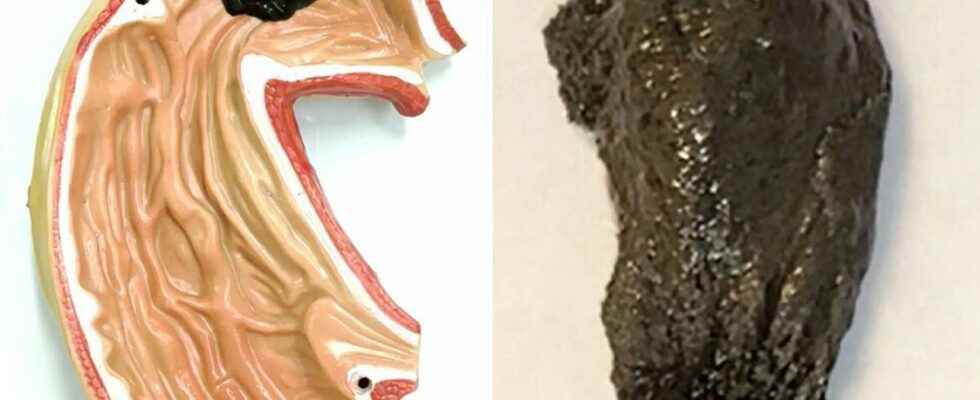Published ,
Reading 1 min.
It looks like Flubber, but this time it’s not science fiction. Chinese scientists have developed a slime robot, designed to become a potentially usable robot in the biomedical and electronic field.
A scientific mud in motion
Researchers at the University of Hong Kong have succeeded in developing a small robot without “skeleton”. Its body is soft, slimy, moist and sticky and its purpose is to…move through the tight and restricted places of the human body. Indeed, this “mud” conducts the electrical energies in order to establish a multitude of electrode connections. Thus, this slime robot is controllable from the outside, thanks to a system of magnets.
This concentration of technological innovations is part of the “soft robotics”, which consists in manufacturing soft and particularly elastic devices.
The videos of the scientists compiled by the New Scientist site are impressive.
A therapeutic aim
This future little robot, still in the state of “mud” is therefore mobile. Its interest lies in the fact that it is able to encircle small objects thanks to its texture having extraordinary extension properties. Thus, this slime robot could go into narrow areas in order to extract small objects without going through an invasive technique. As described by the authors of the study, published in the journal Advanced Functional Materialsthe “Magnetic soft-bodied miniature robots allow non-invasive access to tight spaces and offer ideal solutions for minimally invasive surgery, micromanipulation and targeted drug delivery”.
As explained by Li Zhang, the co-creator of the slimy robot, his slime contains magnetic particles allowing him to move, to turn, but also to form O and C in order to grab a solid object, to swallow or to carry harmful objects.
However, the soft robot is not yet ready to enter a human body. As the scientist stated, “We still view it as basic research – trying to understand its material properties”. In addition, his team is now seeking to make him more independent.
